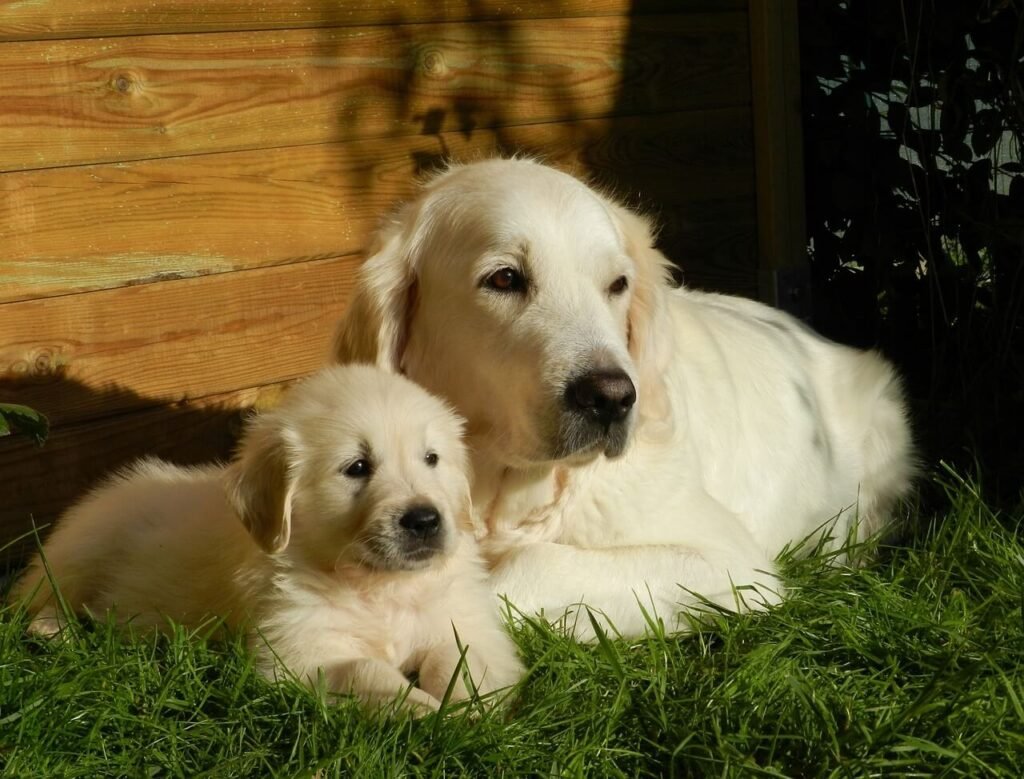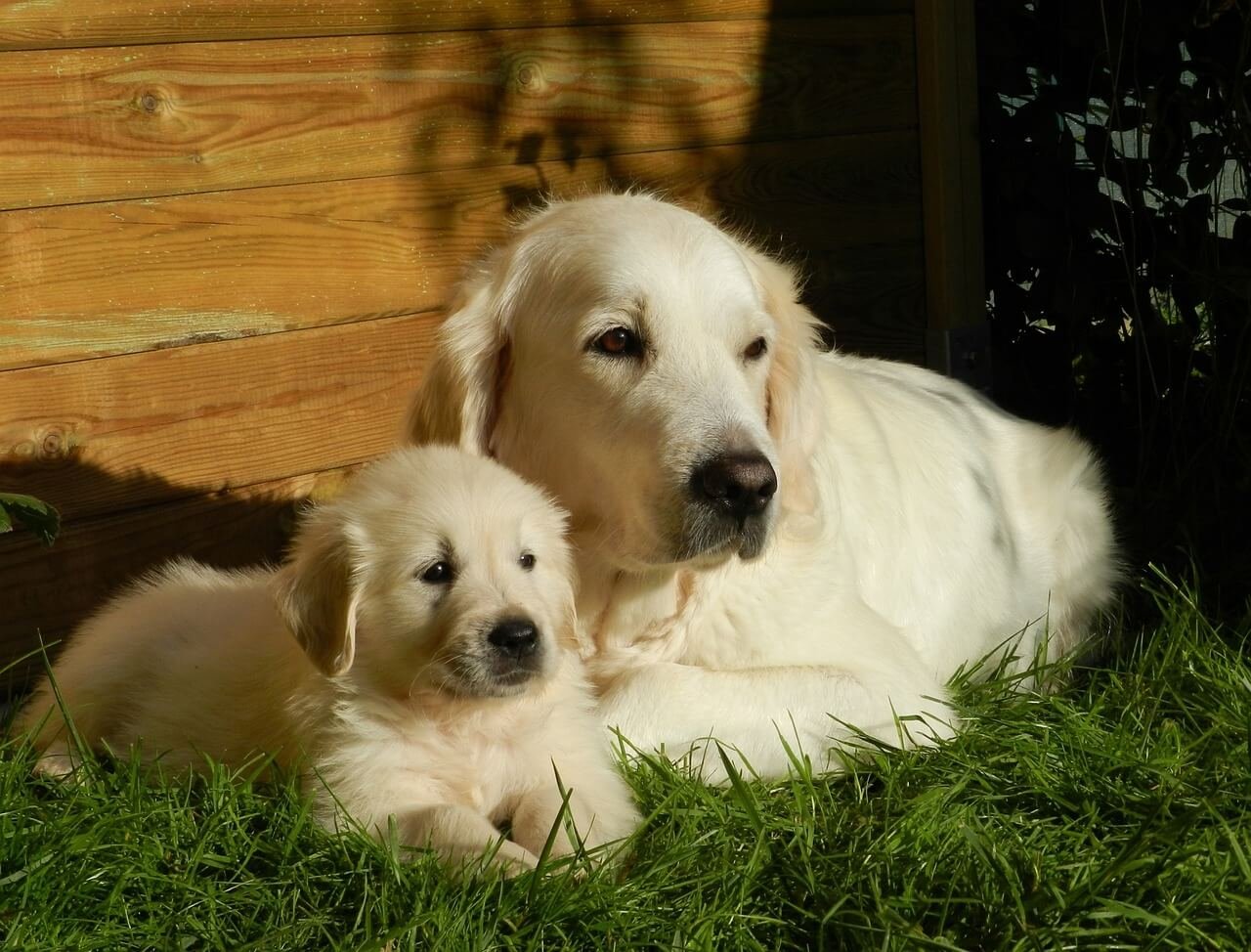Understanding Dog Reverse Sneezing at Night: What You Need to Know
As a dog owner, few things are as alarming as hearing your furry friend suddenly make strange, loud snorting sounds in the middle of the night. This phenomenon, known as reverse sneezing, can leave pet parents feeling anxious and unsure of what to do. While it might sound concerning, reverse sneezing is often harmless and quite common in dogs. In this blog post, we’ll explore what reverse sneezing is, why it happens at night, and how you can help your dog during these episodes. By the end, you’ll have a clearer understanding of this quirky behavior and feel more confident about managing it.
What Exactly is Reverse Sneezing?
Reverse sneezing, also known as “paroxysmal respiration,” is a temporary respiratory event that occurs when a dog’s throat becomes irritated. Unlike a regular sneeze, where air is forcefully expelled from the nose, reverse sneezing involves rapid inhalations through the nose. Here’s a breakdown of key facts about this condition:
Reverse sneezing is not harmful and usually resolves on its own within seconds or minutes.
It often sounds like a honking noise or snorting, which can be startling for pet owners.
The exact cause of reverse sneezing isn’t always clear, but it’s linked to irritation in the nasal passages or throat.
Small breeds and brachycephalic (flat-faced) dogs are more prone to experiencing reverse sneezing.
Episodes are typically triggered by environmental factors such as dust, pollen, or strong odors.
While reverse sneezing might seem alarming, it’s important to remember that it’s generally not a sign of a serious health issue. Understanding its nature is the first step toward helping your dog stay comfortable.
Why Does Reverse Sneezing Happen at Night?
Many dog owners notice that reverse sneezing episodes tend to occur more frequently at night. There are several reasons why this might happen, ranging from environmental triggers to behavioral patterns. Below, we outline some common factors:
Dogs may be more sensitive to allergens or irritants that accumulate indoors overnight.
Dry air from heating systems during colder months can irritate a dog’s nasal passages.
Increased activity before bedtime, such as playing or running, can lead to throat irritation.
Stress or excitement before sleep might contribute to episodes of reverse sneezing.
Sleeping positions that compress the throat could trigger an episode.
If your dog experiences reverse sneezing at night, consider evaluating their sleeping environment and habits. Simple adjustments, like using a humidifier or ensuring proper ventilation, can make a big difference.
Check this guide 👉Why Will My Dog Not Stop Sneezing? 7 Best Expert Tips!
Check this guide 👉Why Is My Dog Licking Its Nose So Much? Best 7 Behavior Tips

Common Triggers of Reverse Sneezing | Tips to Prevent Episodes |
|---|---|
Dust and pollen in the air | Use an air purifier to reduce allergens |
Strong odors (perfumes, cleaning agents) | Avoid using scented products near your dog |
Dry indoor air | Add a humidifier to your home |
Overexcitement or stress | Create a calm bedtime routine |
Tight collars or harnesses | Ensure your dog’s collar fits comfortably |
How to Help Your Dog During a Reverse Sneezing Episode
When your dog experiences a reverse sneezing episode, it’s natural to want to step in and help. Fortunately, there are simple techniques you can use to comfort your pet and shorten the duration of the episode. Here’s what you can do:
Stay calm and avoid panicking, as your dog can sense your emotions.
Gently massage your dog’s throat to soothe the irritation.
Offer a small amount of water to encourage swallowing, which can stop the episode.
Blow softly into your dog’s face to prompt them to take a deep breath.
Distract your dog with a toy or treat to shift their focus away from the sensation.
Remember, most episodes are short-lived and don’t require intervention. However, knowing how to respond can provide peace of mind for both you and your dog.
When to Consult a Veterinarian
While reverse sneezing is usually harmless, there are instances where it might indicate an underlying health issue. Recognizing the signs that warrant a vet visit is crucial for ensuring your dog’s well-being. Consider the following scenarios:
Episodes become frequent or last longer than usual.
Your dog shows signs of distress, such as coughing or gagging.
Difficulty breathing accompanies reverse sneezing episodes.
Your dog has other symptoms, such as nasal discharge or lethargy.
Reverse sneezing starts suddenly in an older dog without prior history.
If any of these red flags appear, it’s best to consult your veterinarian. They can rule out conditions like allergies, infections, or structural issues in the nasal passages.
Common Misconceptions About Reverse Sneezing
Many pet owners misunderstand reverse sneezing, often mistaking it for more serious conditions. To clear up the confusion, here are some common misconceptions and the truth behind them:
Reverse sneezing is not a seizure or choking episode. It’s simply an involuntary reflex caused by throat irritation.
It doesn’t indicate asthma or respiratory failure in dogs. Most episodes are short-lived and harmless.
Dogs don’t experience pain during reverse sneezing. While it may look alarming, they’re usually comfortable.
Reverse sneezing isn’t contagious. It cannot be passed from one dog to another.
It’s not a sign of old age. Dogs of all ages can experience reverse sneezing.
Understanding these facts can help you stay calm and respond appropriately when your dog has an episode. Knowledge is power when it comes to caring for your pet.
Ways to Create a Dog-Friendly Sleeping Environment
A dog’s sleeping environment plays a significant role in reducing nighttime reverse sneezing episodes. Making small adjustments can greatly improve their comfort and minimize triggers. Here are some tips:
Use hypoallergenic bedding to reduce exposure to dust mites and allergens.
Keep your dog’s sleeping area well-ventilated to prevent stale air buildup.
Avoid placing your dog’s bed near windows that might let in pollen or drafts.
Clean your dog’s sleeping space regularly to remove dust and debris.
Consider elevating their bed slightly to reduce pressure on their throat.
By creating a clean, comfortable sleeping space, you can help your dog breathe easier and reduce the likelihood of nighttime reverse sneezing episodes.
Signs That Your Dog Is Simply Being Playful vs. Experiencing Reverse Sneezing
Sometimes it’s hard to tell whether your dog is just being playful or actually experiencing a reverse sneezing episode. Knowing the difference can help you respond appropriately. Here are some distinguishing signs:
Playful snorting is accompanied by wagging tails and energetic behavior, while reverse sneezing involves a rigid posture.
During play, sounds are irregular and sporadic, whereas reverse sneezing produces rhythmic, honking noises.
Dogs engaging in play will stop when distracted, but reverse sneezing continues until the episode ends naturally.
Playful behavior doesn’t cause labored breathing, while reverse sneezing might involve visible throat movements.
After play, dogs return to normal immediately, but reverse sneezing may leave them momentarily disoriented.
Recognizing these differences ensures you can provide the right care without unnecessary worry. Observing your dog’s behavior closely is key to understanding their needs.
Frequently Asked Questions About Dog Reverse Sneezing at Night
Is reverse sneezing dangerous for my dog?
No, reverse sneezing is generally harmless and resolves on its own. However, if episodes become frequent or severe, consult your vet.
Can I prevent reverse sneezing entirely?
While it’s difficult to prevent completely, reducing exposure to irritants and maintaining a clean environment can help minimize episodes.
Should I wake my dog up during a reverse sneezing episode?
If your dog is asleep and having an episode, gently waking them can help reset their breathing pattern.
Are certain dog breeds more prone to reverse sneezing?
Yes, small breeds and brachycephalic dogs, such as pugs and bulldogs, are more likely to experience reverse sneezing.
How long does a typical reverse sneezing episode last?
Most episodes last only a few seconds to a minute. If they persist longer, seek veterinary advice.
Final Thoughts: Keeping Your Dog Comfortable
Reverse sneezing at night might seem unsettling at first, but with a better understanding of this condition, you can ensure your dog stays happy and healthy. By identifying triggers, making simple lifestyle adjustments, and knowing when to seek professional help, you’ll be well-equipped to handle these episodes. Remember, your calm demeanor and proactive approach go a long way in comforting your furry companion. With patience and care, you can turn those nighttime scares into moments of reassurance for both you and your beloved pet.
Canned Pumpkin for Cat Diarrhea: Best 7 Expert Tips! Natural remedy to firm stools, soothe upset bellies, and support gut health safely.
Can a Cat Give You Scabies? Best 7 Expert Tips! Discover the truth about feline mites, human skin risks, and how to protect yourself—without panic.
Cat Flea vs Human Flea: Best 7 Expert Tips! Discover the truth about bites, species, and how to eliminate infestations for good.
Weird Cat Behaviors: Best 7 Expert Tips! Discover why cats do strange things—and how to understand, not punish, their instincts for a happier home.





